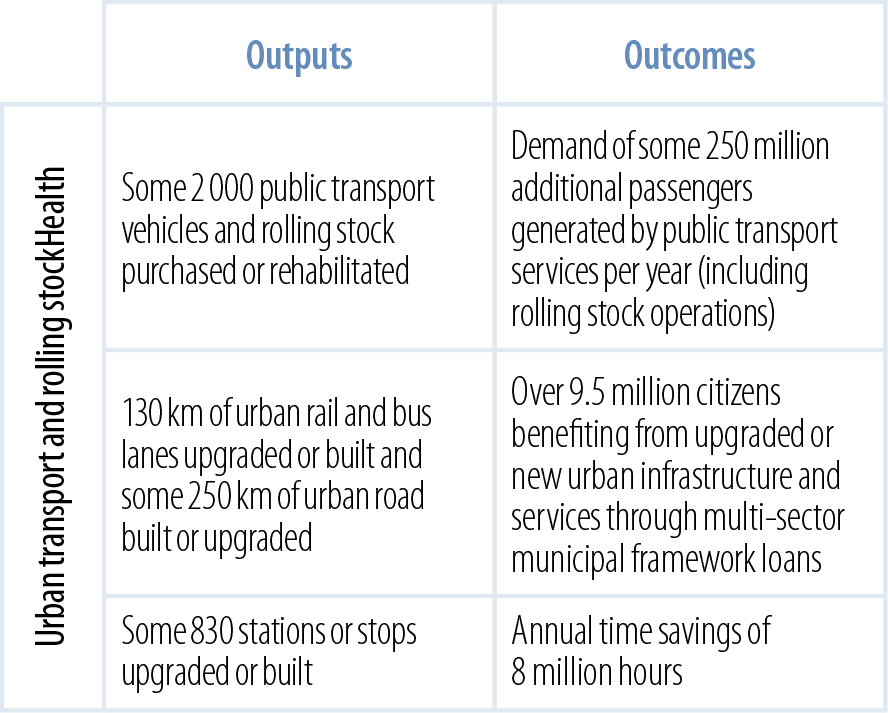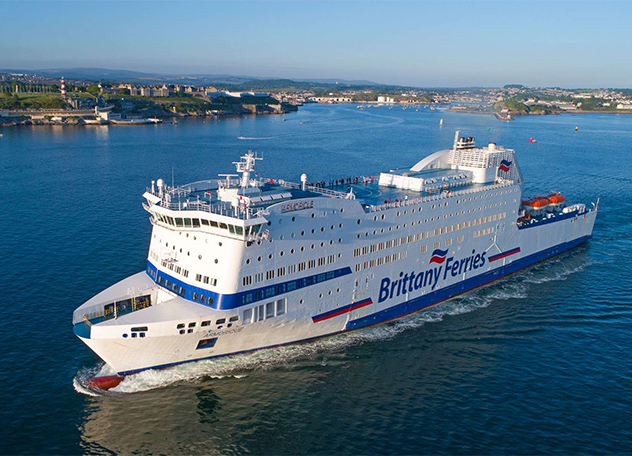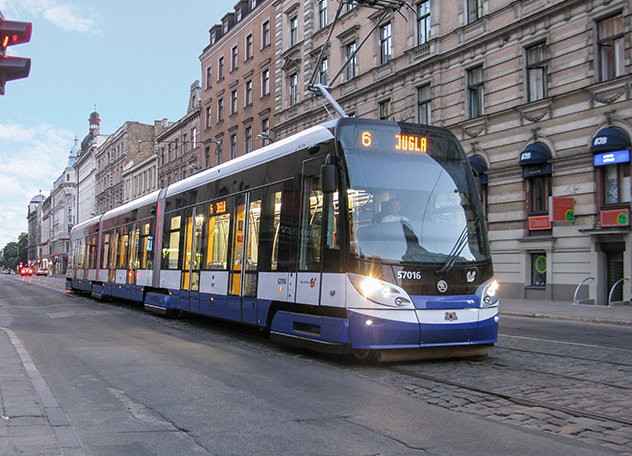Sustainable transport
In 2017, the EIB’s new operations in sustainable transport involved lending totalling EUR 3.1 billion.

Strategic context for EIB’s 2017 sustainable transport operations
Transport continues to represent almost a quarter of Europe's greenhouse gas emissions and is the main source of air pollution in cities.[1] Although emissions started to decrease in 2007 they still remain higher than in 1990. Road transport is by far the biggest source of pollution and in the face of growing demand for passenger and freight transport, the risks of pollution and congestion are increasing.
The Europe 2020 strategy does not set targets for sustainable transport. However, in a bid to increase energy efficiency in the transport sector, the EU’s low-emission mobility strategy includes mandatory emission reduction targets for new passenger cars and other vehicles. The objectives of the strategy are incorporated into the Bank and Commission’s Cleaner Transport Facility which supports projects that help to mitigate the negative impacts of transport. This includes support for the production and deployment of lower emission vehicles and related infrastructure.
The EIB’s financing in this field also supports the UN’s 2015 Sustainable Development Goals (SDGs) and Framework Convention on Climate Change (UNFCCC).
[1] European Commission https://ec.europa.eu/clima/policies/transport_en
Types of EIB operations to promote sustainable transport
The relatively high cost of sustainable transport investments, and the fact that the financial pay-back can be relatively long-term, means that it is often difficult to attract private sector financing. This represents a market failure; one which the EIB can help to address.
Sustainable transport projects supported by the EIB in 2017 covered a broad range of transport modes with a particular emphasis on urban transport. In general, the transport projects financed by the EIB are increasingly green compared to previous years.
New EIB sustainable transport operations signed in 2017
The EIB’s 2017 operations meant that some 9.5 million passengers are expected to benefit from improved urban transport infrastructure, 250 million additional passenger trips can be made and 8 million hours of journey time will be saved.
Selection of expected results from new sustainable transport operations signed in 2017


